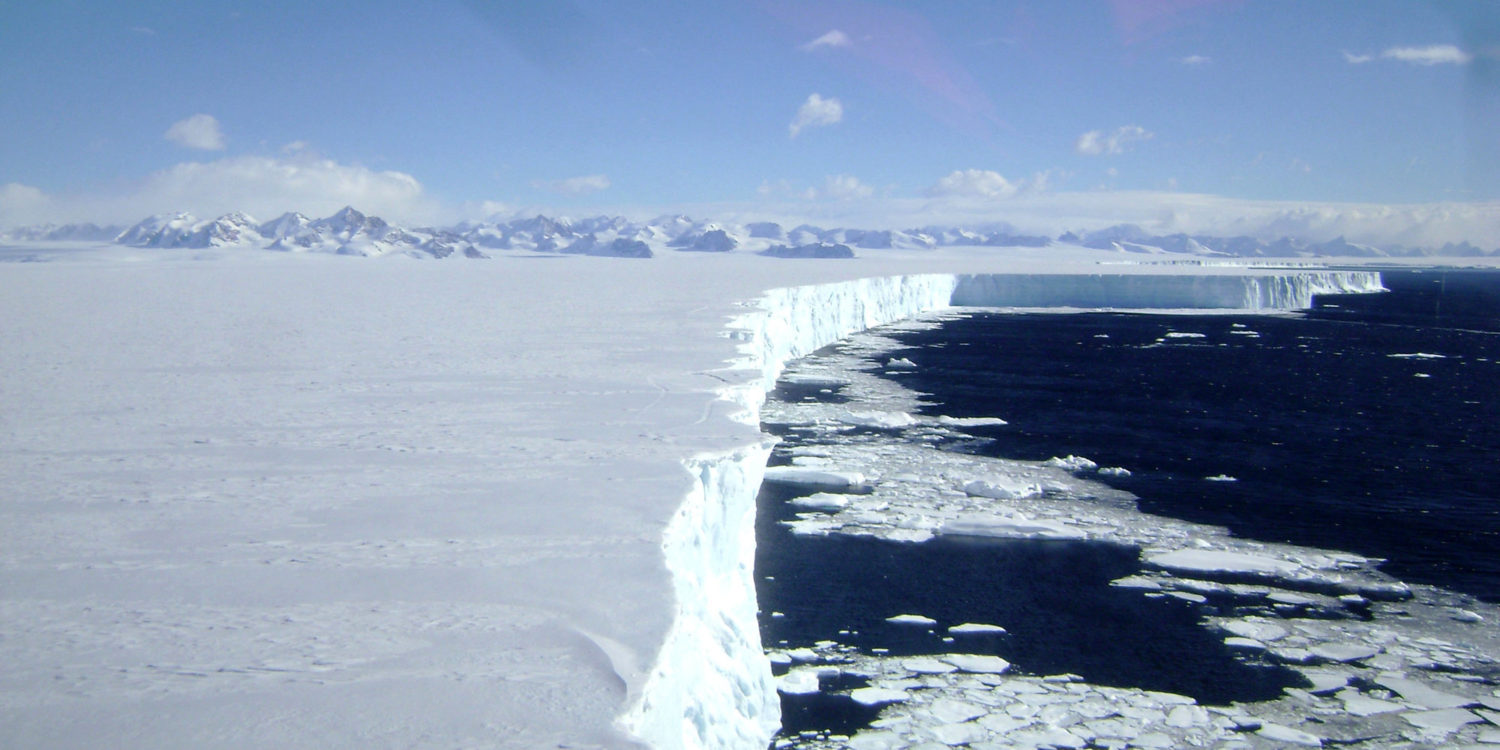
A group of scientists are proposing a radical project to dump 7.4-trillion tons of snow on Antarctica to prevent its ice sheets from melting and causing a huge rise in global sea levels.
Recent studies have shown warmer ocean water is being pushed toward the colossal West Antarctic ice sheet, destabilizing it and speeding up the decline of its huge glaciers, reports Cnet. The threat of these huge ice deposits falling into the ocean is immense and the overall effect of their decline has been calculated to eventually raise sea levels by approximately 10 feet or more, endangering cities like New York.
“The real concern is that many of these glaciers have a reverse bed slope, meaning that as they retreat it exposes deeper and thicker ice to the ocean,” explains Sue Cook, a glaciologist at the University of Tasmania. “That is a very unstable position, and causes a positive feedback effect which accelerates the retreat (and hence contribution to sea level rise).”
The new study, published in the journal Science Advances on July 17, proposes a drastic, decades-long project that would pump huge amounts of ocean water to the ice sheet, adding 7,400 gigatons (7.4 trillion tons) of “artificial snowfall” and reversing the decline. Simulating the current effects on Antarctica’s ice sheets and the changes they experience with increasing snowfall, the researchers were able to map out a process that could potentially halt the ice loss.
The problem? Their suggestion would be an incredibly expensive undertaking and include immense technical challenges. The authors say it would present an “unprecedented effort for humankind.”
And the larger effects of such a scheme are yet to be ironed out. What are the lasting effects on the Antarctic ecosystem and what kind of knock-on effects would we see in ocean currents across the world? We just don’t have answers to those questions right now.